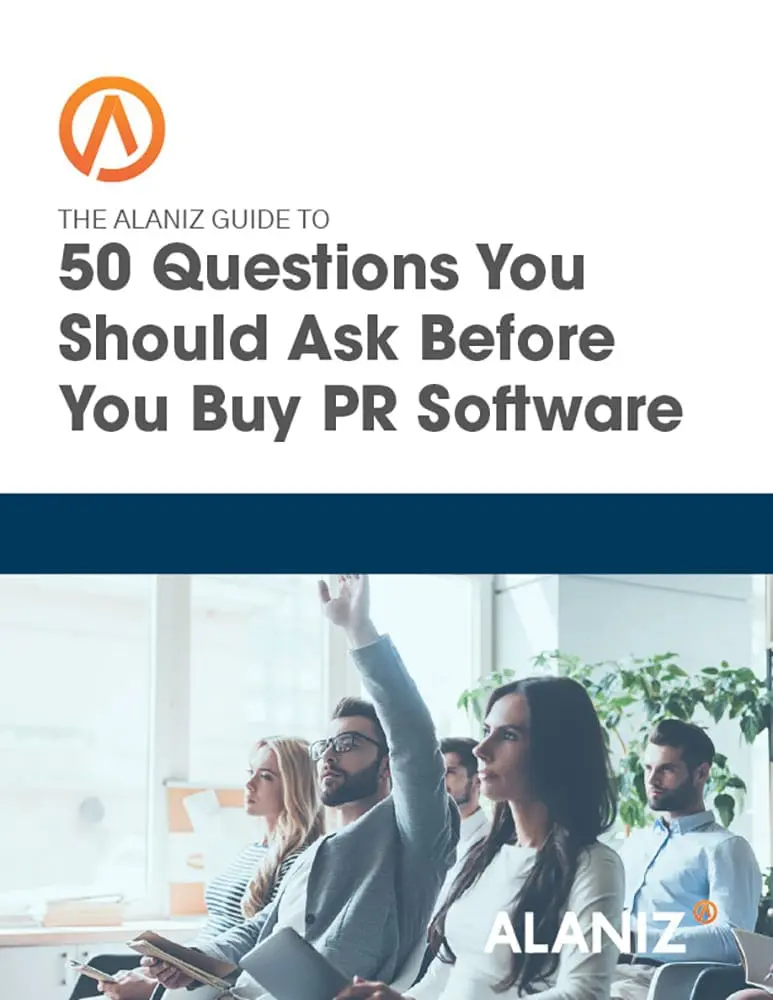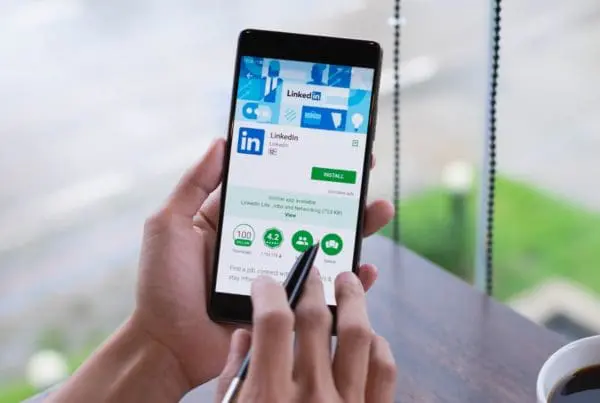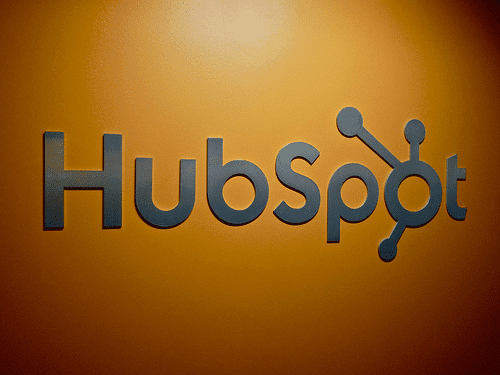This blog post is part of “The Ultimate Guide to Public Relations” blog series.
The cost of sending out a press release can be a little shocking for first timers. Sending out a simple news release seems like a relatively straight-forward task. So what’s with the high cost PR agencies are charging? For a deeper dive on all things PR, visit our Ultimate Guide to Public Relations.
Here is a little breakdown and explanation of the cost drivers in press distribution and a few ways that you can save on your next distribution.
Research and Copywriting
A good writer will spend some upfront time with you to gain an understanding of the goals, audience, tone, and messaging of the release. Depending on the complexity of the material and the writer’s experience in the industry, some degree of research may be necessary as well. An experienced writer, a detailed brief, and collection of past press releases can be very helpful in streamlining the content development phase.
Typical Cost: $400-$1,200
Wire Distribution
A wire distribution is an online content syndication and distribution tool that communications pros use to send press releases out to various newsfeeds and search engines. It doesn’t take much time or experience to set up, and although it will probably not get you any original coverage, it will get your release indexed and searchable in search engines. The primary players in the wire release space are PRWeb, PR Newswire, Business Wire, and MarketWire.
Typical Cost: Fairly full featured at $350 with options ranging from $99-$1000
List Building, Email Distribution, and Follow Up
Email distribution is one of the most effective and efficient ways of getting your news out in bulk to the journalists and outlets that matter. Communications pros use very expensive and complex PR databases ($10-20K/year available through Meltwater, Cision, and Vocus) to research and build targeted journalist lists that they use to send out personalized emails and pitches on your behalf.
Depending on the topic and target audiences, journalist lists can be built fairly quickly or can take hours to put together. Once the media lists are built, your news is sent directly to journalists and outlets and the agency will begin responding to inquiries and reaching out to your top prospects on your behalf.
Typical Cost: $2,000 – $3,000
Media Pitching
Reaching out to journalists individually by phone, email, and social media is the best way to make human connections and get your story considered. Your agency will help identify the key players and will reach out to them on your behalf. If you or your agency have pre-existing relationships along with a pre-defined wishlist, this will pave the way for a much more effective and efficient campaign. Media pitching is generally done in blocks of time and, although results are not guaranteed, a good agency will typically always produce.
Typical Cost: $2,000 – 4,000 / 10 Hour Block
Media Monitoring and Reporting
PR pros utilize various media monitoring services that include setting up alerts for specific keywords and tracking any combination of television and radio broadcast media, print media, online media, and social media. Clip reports are generated and delivered by email based on desired increments. Also, various degrees of research, in-depth analysis, competitive reports, and formal reporting can be produced. Media monitoring is generally included in campaigns, but in a pinch Google Alerts can also get the job done for online monitoring.
Typical Cost: $500 – $5,000 / month depending on mediums tracked and advanced reports required
Final Thoughts
In general, PR campaigns can start at around a few grand for a basic distribution and follow up and can run up into the tens of thousands of dollars per month with 3 – 6 month commitments. The important thing is finding the right team to work with – one that understands your goals, has experience in your field, works within your financial comfort zone, and over-delivers on results.
For more information on press distribution, please download the Alaniz Guide to Press Distribution and feel free to call or email me with any questions.
This blog post is part of “The Ultimate Guide to Public Relations” blog series.





